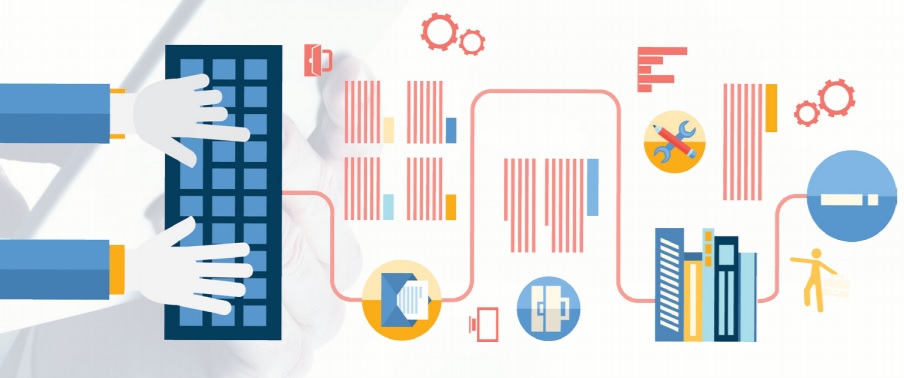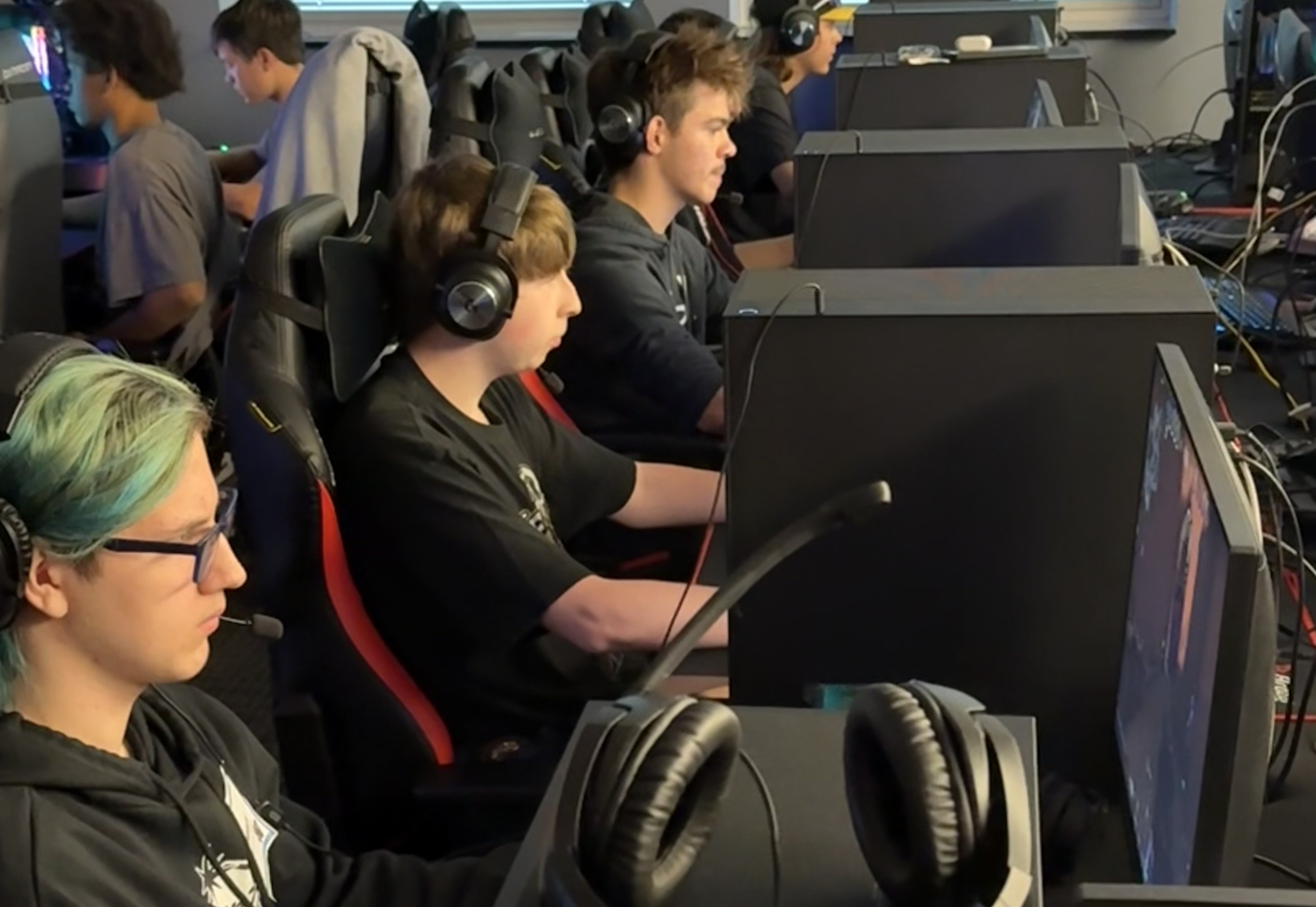Technology Use Is A Right, Not A Privilege
Educators must know how to empower students to understand how to use technology as a tool of engagement to support real learning.

Some traditional educators may still view student access to technology as a privilege, but it is not. Today, technology is necessary for learning to be accessible, real, and relevant in the modern world. The college, careers, and citizenship for which our students need to be prepared require the use of technology. The job of our learning institutions requires today's educators to know how to manage a tech-rich classroom and keep technology from becoming a weapon of mass distraction. Instead educators must know how to empower students to understand how to use technology as a tool of engagement to support real learning.
Technology is the tool that students need for numerous learning supports such as speech to text, text to speech, screen size adjustment, word understanding, translation, and more. Paper makes learning much less accessible for a variety of learning needs.
Technology is the tool that we need to enable students to write in the way real writers writer. It is the gateway to connection and communication with others beyond the classroom. It is the way today's students engage in a large percentage of their communication with others. It allows us to visualize and analyze math and science the way mathematicians and scientists do. It is the vehicle to create for real-world audiences.
Technology is finally more affordable than the alternatives. Providing students with a device like a touchscreen Chromebook is less expensive then the thousands of analog materials and resources that device provides. No more inaccessible paper. No more inaccessible books. No more expensive graphing calculators, rulers, or lots of other costly items. For about $150 per student per year you've not only replaced traditional supplies, but you've also provided the increased functionality over traditional devices with a powerful creation tool that enables students to collaborate, connect, and share with the world.
[Why You Shouldn't Limit Screen Time]
The U.S. economy has always been fueled by innovation and tech but we no longer have the talent to hire for available jobs. We have hundreds of thousands of openings in computing jobs and a workforce not prepared for those jobs. Code.org places this number at 570,926 jobs with only 49,291 qualified workers. Additionally, STEM opportunities grow at a rate of three times that of other jobs. There is a gap between what we are teaching and what jobs are available. Our educational institutions must begin embracing technology to prepare students to hold these jobs.
How are you ensuring your students have access to the technology they need? How are you helping them learn ways to avoid distractions? What methods are you using to support students in being responsible digital citizens with proper digital etiquette?
Tools and ideas to transform education. Sign up below.
Lisa Nielsen (@InnovativeEdu) has worked as a public-school educator and administrator since 1997. She is a prolific writer best known for her award-winning blog, The Innovative Educator. Nielsen is the author of several booksand her writing has been featured in media outlets such as The New York Times,The Wall Street Journal, Tech&Learning, and T.H.E. Journal.
Lisa Nielsen (@InnovativeEdu) has worked as a public-school educator and administrator since 1997. She is a prolific writer best known for her award-winning blog, The Innovative Educator. Nielsen is the author of several books and her writing has been featured in media outlets such as The New York Times, The Wall Street Journal, and Tech & Learning.
Disclaimer: The information shared here is strictly that of the author and does not reflect the opinions or endorsement of her employer.
